- Learning time
- 30 minutes
- First play time
- 90 minutes
Rum and Pirates
Designed by: Stefan Feld
Rum and Pirates is, as you have probably guessed, a game with a piratical theme. But rather than adventuring on the high seas, the game takes place in a boisterous coastal town, where the pirates have arrived to spend their ill-gotten gains, meander along the cobbled streets following the magnetic personality of the Captain, and squabble over hammocks at bed-time.
Each player has their own band of pirates, and on their turn they can move the Captain on the board (which is made up of modular sections) from one intersection on the street to another – either the next one along, or even further. How far you are able and willing to move him is dependent on how many pirates you are willing to lose from your supply, as in order for the captain to move he – presumably due to inebriation – must be supported by pirates as he goes.
Once you get to an intersection there are various benefits to be had – you can collect treasure maps (though they only come in torn halves so you’ll have to get the other half later) you can collect gold, more pirates, barrels of rum that help you in the bunfight over hammocks later, even fight with the locals… plus one or two more things. All contribute towards your Honour, which is the pirates’ currency of choice at game-end.
When you’ve used up your pirates – or even before, if you so choose – it’s time to pass, and your pirates head for the ship in the docks to ready themselves for bed. Getting here earlier means you’ll have an advantage in the competition for beds, and once everyone has passed this part of the game is decided by dice rolling. The winning pirates score points, and after a good night’s rest they rise again and a second round begins. After five rounds the player with the most honour – essentially victory points – wins.
Joe says
I've played this once, a long time ago, and I can't remember much about it - apart from it being fairly jolly and silly, with perhaps a few too many things going on. As Sam points out, very different to the sort of games Stefan Feld's become known for since.
The guru's verdict
-
Take That!
Take That!
It is a bit combative, especially the fighting over hammocks. But you know what pirates are like.
-
Fidget Factor!
Fidget Factor!
Low. Once familiar with the game you'll realize choices are limited and the game plays fast.
-
Brain Burn!
Brain Burn!
Low. You only have so many pirates to play, and choices are hardly infinite. Do be prepared for the hammock-fighting on your first play though - the rulebook attempts to portray it as quantum physics but it's actually quite simple.
-
Again Again!
Again Again!
The board is modular so can be set up various different ways. And dice-rolling is always random.

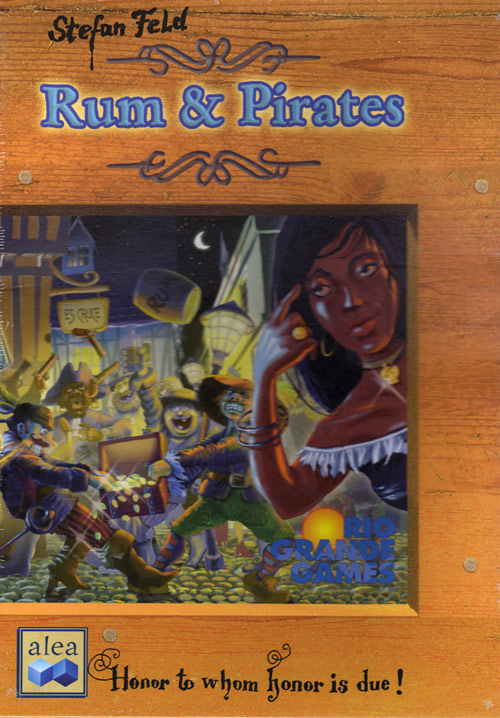





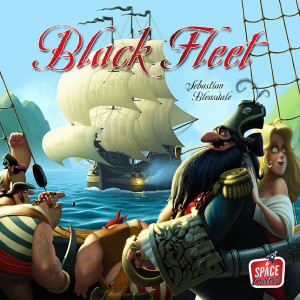
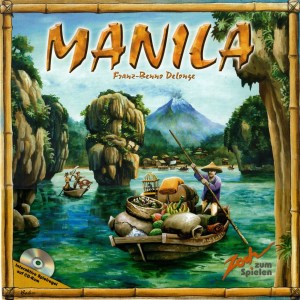
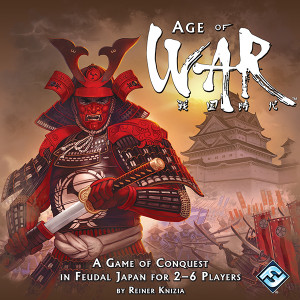
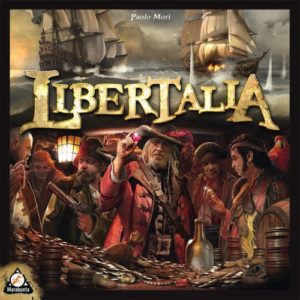
Sam says
The designer of this game went on to become highly respected in the gaming community for his neatly integrated and intricate mechanics. This is rather more silly, and for a pirate game there's a surprisingly lack of sea-faring (i.e. none, unless you count squabbling over hammocks). But it's an okay game that beneath its silly theme does allow for some strategizing.